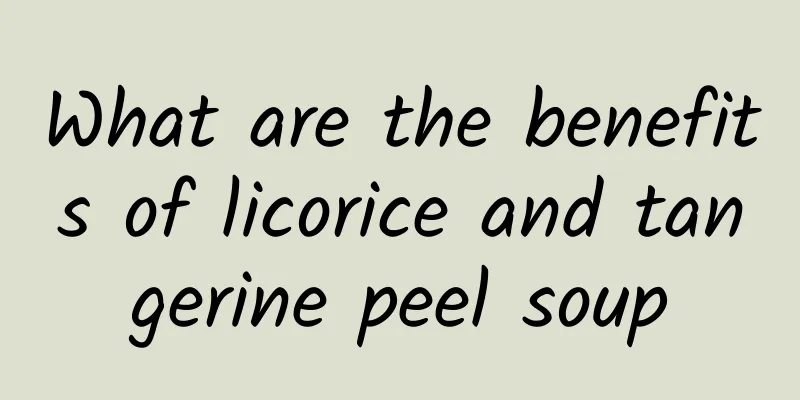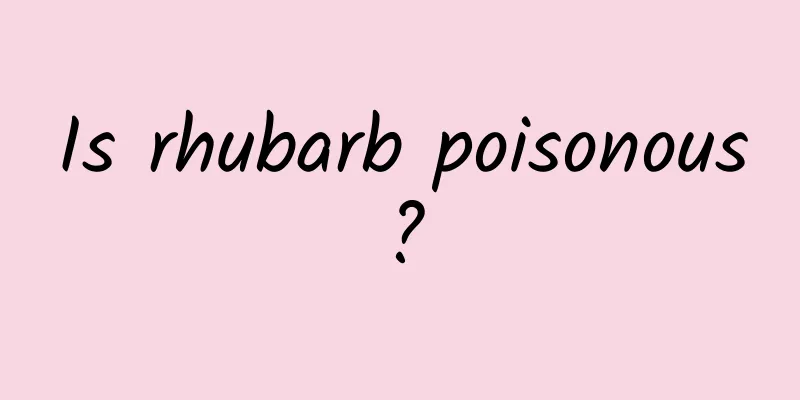Is it toxic to take Polygala?

|
Many patients are unfamiliar with the word Polygala tenuifolia. They do not think of it as a medicine, nor can they associate it with medicine. In fact, Polygala tenuifolia is a commonly used Chinese medicine. It tastes bitter and has a spicy taste when eaten, but its medicinal nature is mild and it is helpful in the treatment of many diseases. So is it poisonous to take Polygala tenuifolia? Polygala tenuifolia is a non-toxic traditional Chinese medicine and patients can drink related medicines with confidence. In addition to being non-toxic, Polygala has many other effective functions, such as: 1. Antioxidant and anti-aging effects D-galactose induced aging mice were used to observe the effects of Polygala tenuifolia decoction on the activities of superoxide dismutase (SOD) in red blood cells (RBC) and glutathione peroxidase (GSH-Px) in liver tissue of aging mice. The results showed that the water decoction of Polygala tenuifolia could significantly increase the activity of SOD in RBC and GSH-Px in liver tissue of aged mice, indicating that the water decoction of Polygala tenuifolia had anti-aging effects on aged mice, and the optimal medication time was 30 days. 2. Anti-mutation and anti-cancer effects The Amse experiment found that the water-soluble extract of Polygala tenuifolia had a significant inhibitory effect on the number of revertant colonies induced by Aspergillus flavus B1, and had a significant inhibitory effect on the number of revertant colonies of strain TA9, but had no inhibitory effect on the TAIo strain. This indicates that the water-soluble extract of Polygala tenuifolia only contains mutagenic factors that are resistant to alkali substitution. 3. Antibacterial effect The paper strip method showed that 10% Polygala decoction had an inhibitory effect on Pneumococcus, while Polygala ethanol extract had a significant inhibitory effect on Gram-positive bacteria and Shigella dysenteriae, Salmonella typhi and Mycobacterium tuberculosis in vitro. Inhibits alcohol absorption and hepatoprotective activity The saponins in Polygala tenuifolia can inhibit the absorption of alcohol in the body to a certain extent. 4. Blood circulation and anti-inflammatory effects The aqueous extract of Polygala root has a preventive and therapeutic effect on 2,4,6-trinitrobenzenesulfonic acid-induced colitis in mice, and has a significant improvement effect on the symptoms of polymorphonuclear leukocyte infiltration in the distal colon of colitis mice, erosive damage of the large intestine, colonic mucosal cystic abscesses and epithelial regeneration, and colon weight gain. It can also significantly reduce the levels of IFN-y and IL-4 in small intestinal epithelial lymphocytes. It is speculated that the preventive and therapeutic effect of Polygala root on colitis is at least partly attributed to its regulation of IFN-y and IL-4 production. In addition, the aqueous extract of Polygala root has a significant inhibitory effect on the secretion of tumor necrosis factor-a (TNF-a) and interleukin-1 (IL-1) by mouse astrocytes stimulated by substance P and lipopolysaccharide (LPS), thereby producing anti-inflammatory activity on the central nervous system. 5. Hemolysis In vitro test tube hemolysis showed that Polygala tenuifolia has a strong hemolytic effect. The hemolytic index of the root bark is 3926, the whole root is 2585, the root woody core is 43, and the purified saponin is 34031. The study found that the component of the hemolytic effect is saponin, so the hemolytic effect of the root bark part which contains more saponins is much stronger than that of the root woody core part. Is it poisonous to take Polygala? The expert's answer is that it is non-toxic. This medicine has very powerful effects and is beneficial for the treatment of many diseases, such as: expectoration and body swelling, and it also has a therapeutic effect on insomnia caused by poor heart and kidney function. Patients can take Polygala when they have cough and sore throat, or when they have sores and swelling. Female patients with diseases such as breast swelling and pain can also take the medicine, so this medicine has many functions. |
<<: What are the main effects of the Chinese medicinal material Acorus calamus
>>: What are the functions and effects of Polygala tube
Recommend
The efficacy and function of garlic
For many Chinese people, traditional Chinese medi...
Shock? Panic? Has the Big Bang theory been overturned by the Webb telescope?
Recently, a friend forwarded me an online article...
What are the Chinese medicines for nourishing qi deficiency?
Many people have qi deficiency. If the body is qi...
Don't take it lightly! These 11 inconspicuous "little habits" may send you to the hospital...
Reviewer of this article: Wang Wenxiang, Professo...
What are the functions of wild cicada flowers?
Everyone knows what Cordyceps is, right? It is a ...
What are the effects of Buddleja
The medicinal material Buddleja mongholicus is re...
What is the medicinal value of wolfberry?
When I went to the countryside, I often saw stran...
Tiankeng, unexpected fall
This is the fallen earth It is God's "pi...
Today is the beginning of summer丨Since we can’t keep the spring breeze, don’t waste the summer time
Lixia, the festival of April. The meaning of Li i...
The efficacy and function of Coptis chinensis
Chinese medicine has different effects on our bod...
The efficacy and function of pepper leaves
Sichuan pepper leaves of course refer to the leav...
The efficacy and function of red calamus root
The root of the red calamus is a kind of traditio...
What is Seabuckthorn
Sea buckthorn is neither a plant nor a fruit. In ...
Planting trees at an altitude of 3,600 meters, the barren mountains are turning green!
"Gelsang flowers are in bloom, trees are lus...
He made nine calculations for one value, and his life is the history of the development of China's nuclear weapons|Time Letter
Special Project of Beijing Science Center Origina...









